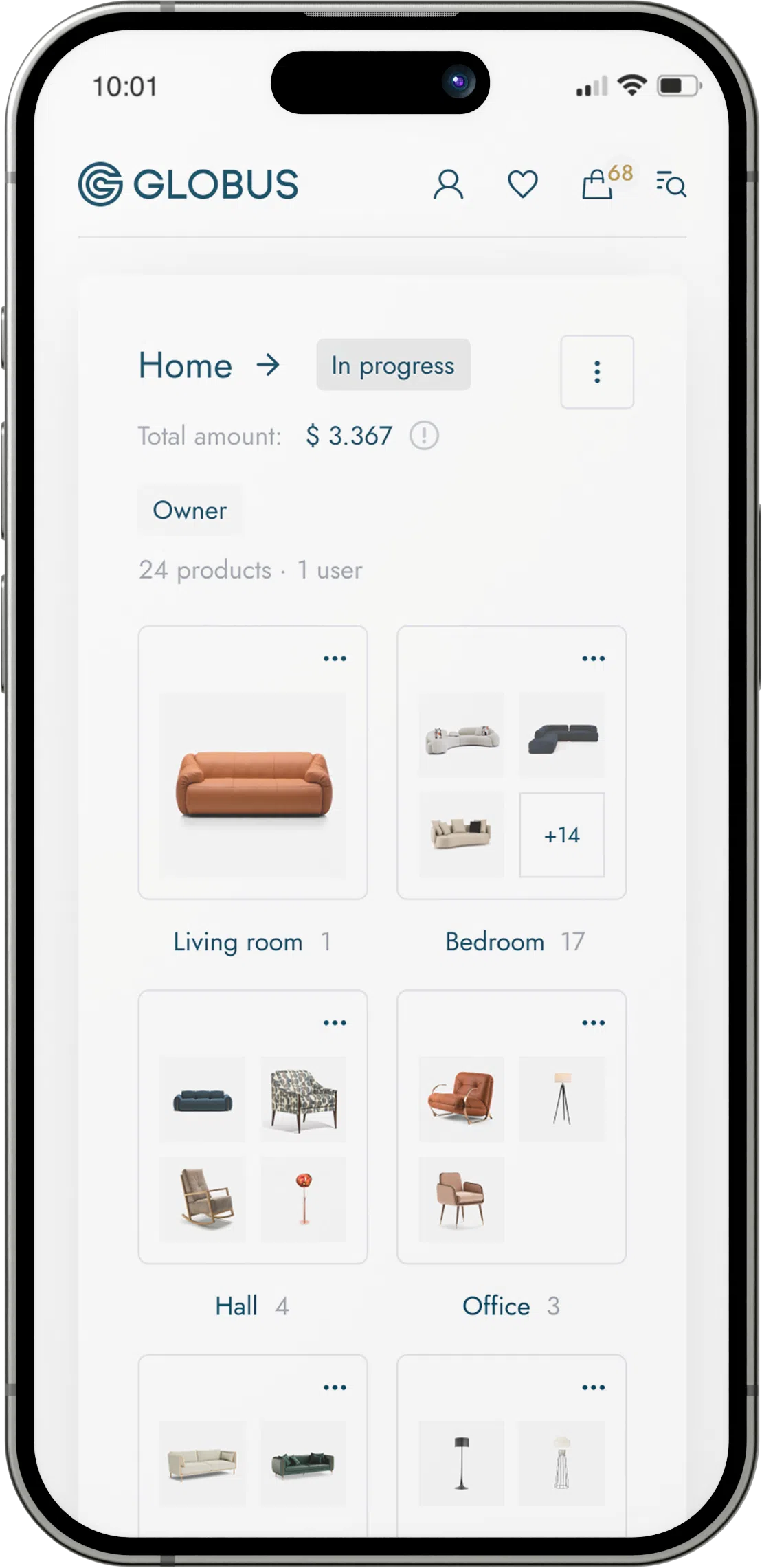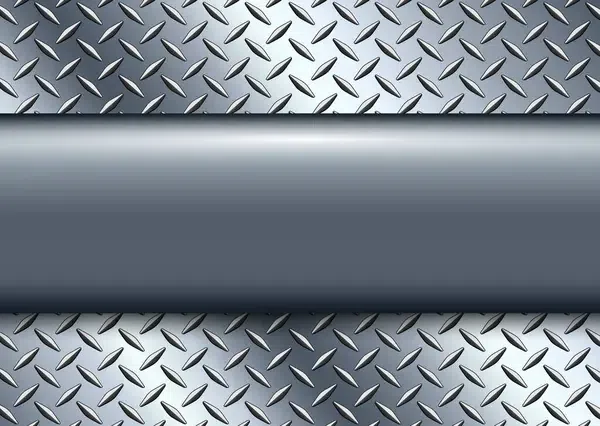Durability and Strength: Metal is highly regarded for its strength and durability, making it an ideal choice for furniture intended to withstand heavy use or outdoor conditions. Steel, aluminum, stainless steel, and wrought iron are some of the most commonly used metals in furniture design.
Types of Metals:
Steel: Perhaps the most widely used, steel is an alloy of iron and carbon and it comes in various forms. For furniture, steel is often treated to prevent rust and increase its suitability for outdoor use. It is strong and can be relatively heavy, so it's frequently used in the framework of tables, bed frames, and shelving units.
Aluminum: Known for being lightweight and corrosion-resistant, aluminum is often used for outdoor or patio furniture. Despite its lower density, aluminum can support a considerable amount of weight and is quite durable. It's also very malleable, which allows for more intricate designs.
Stainless Steel: This material is steel combined with chromium and other elements that provide a strong resistance to rust and tarnish, making it perfect for both indoor and outdoor furniture. It has a sleek, modern appearance and is easy to maintain.
: Distinguished by its hefty weight and ornamental design, wrought iron furniture is another good choice for outdoor settings, although it requires a protective finish to ward off rust.



